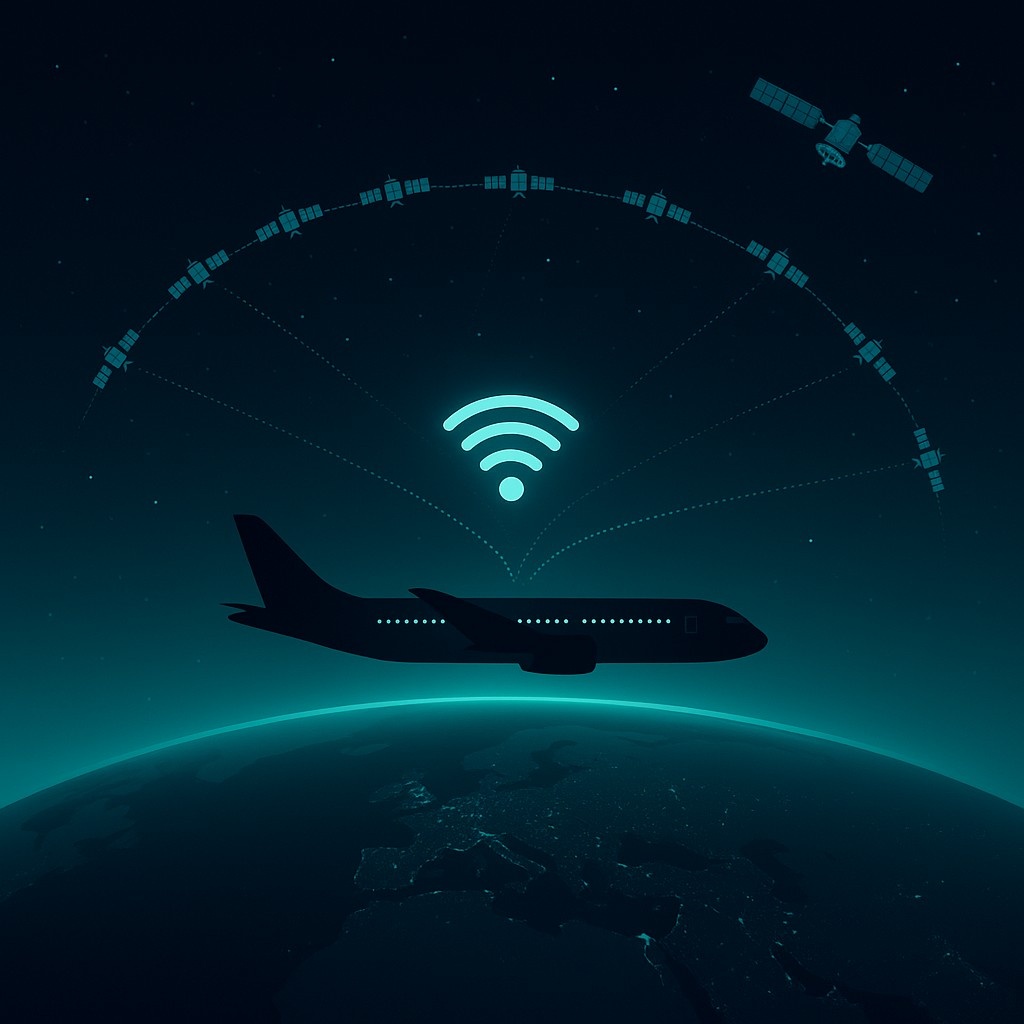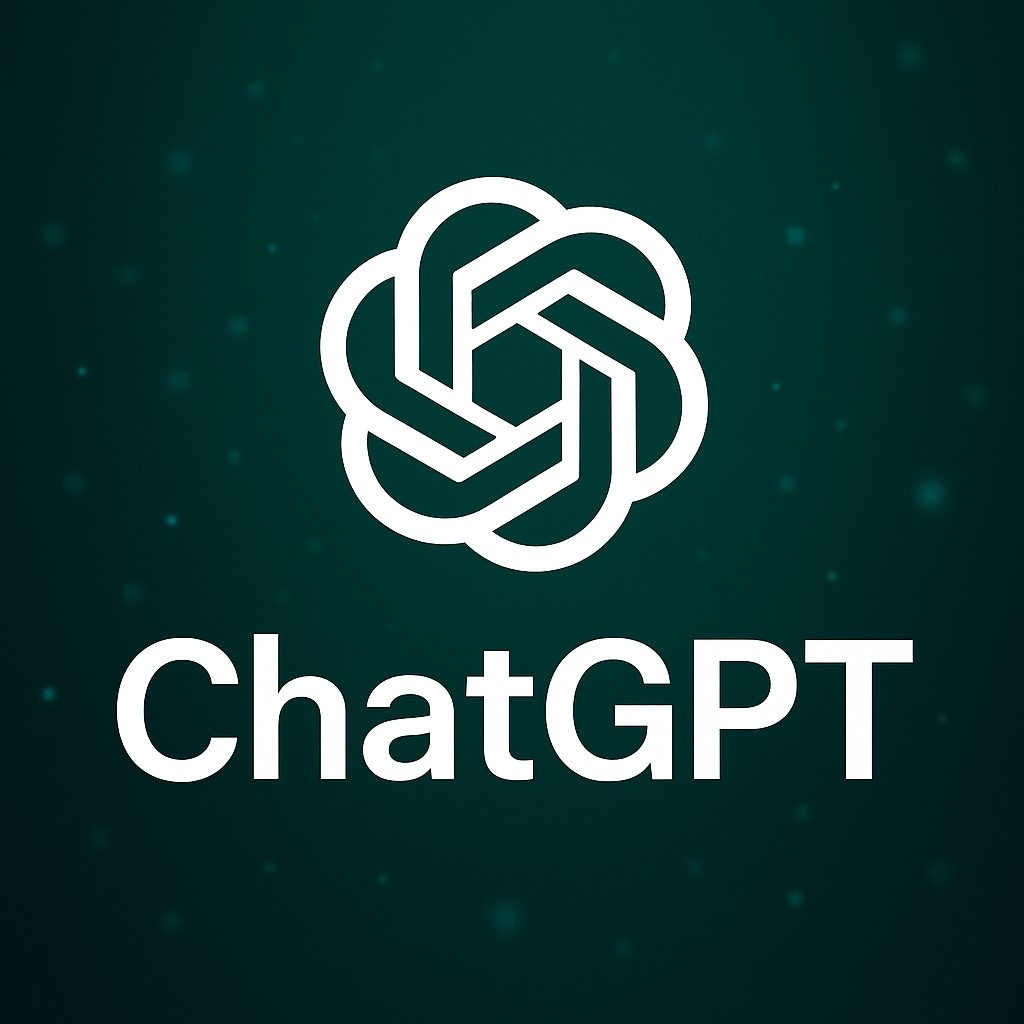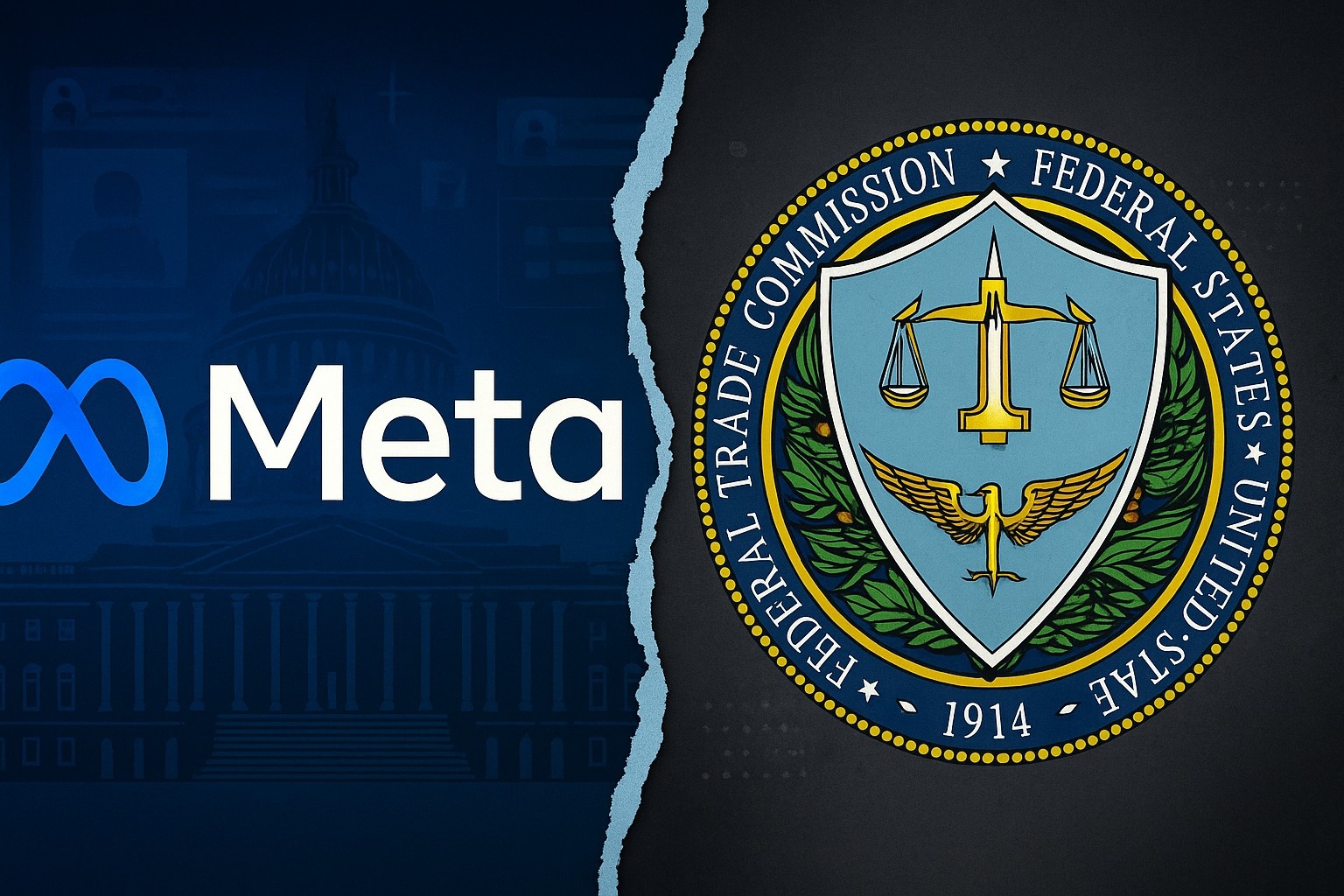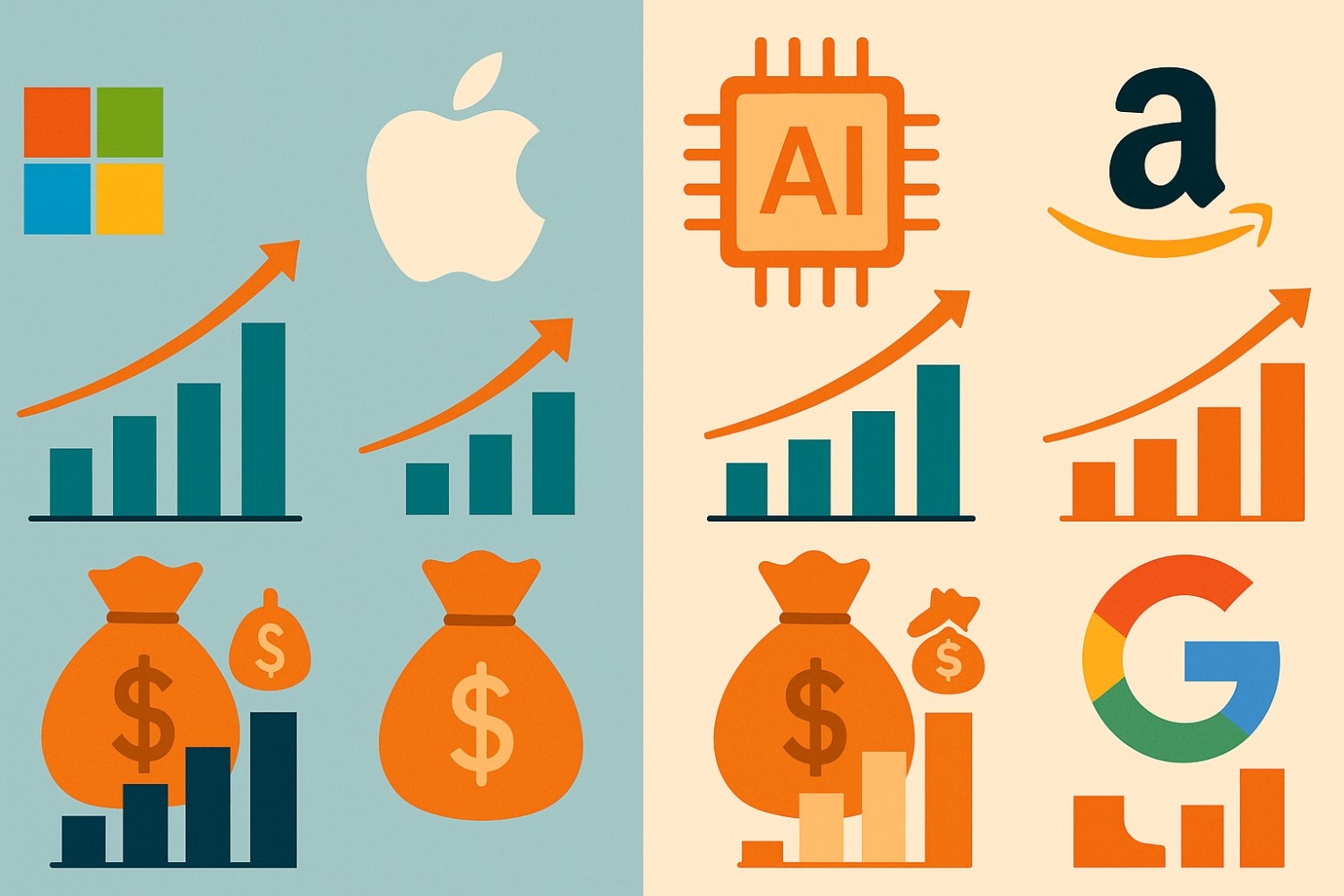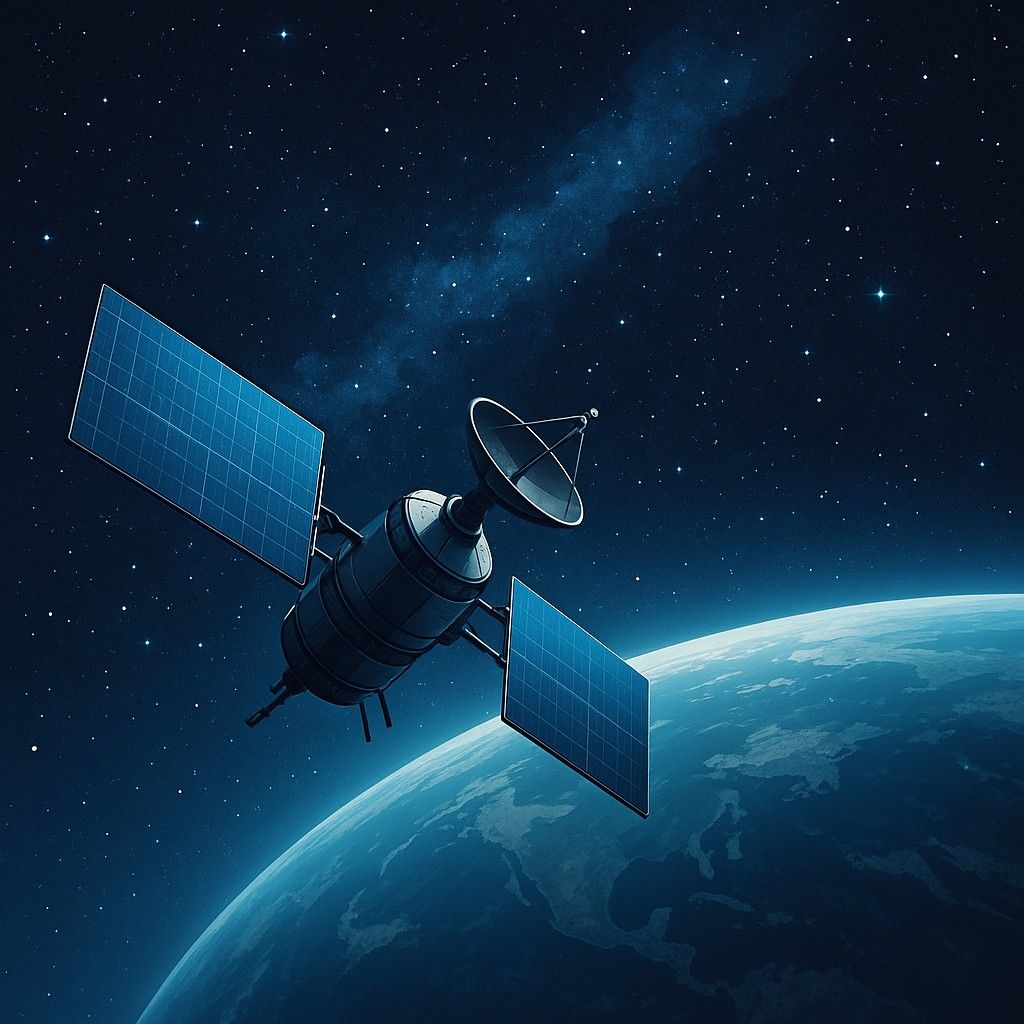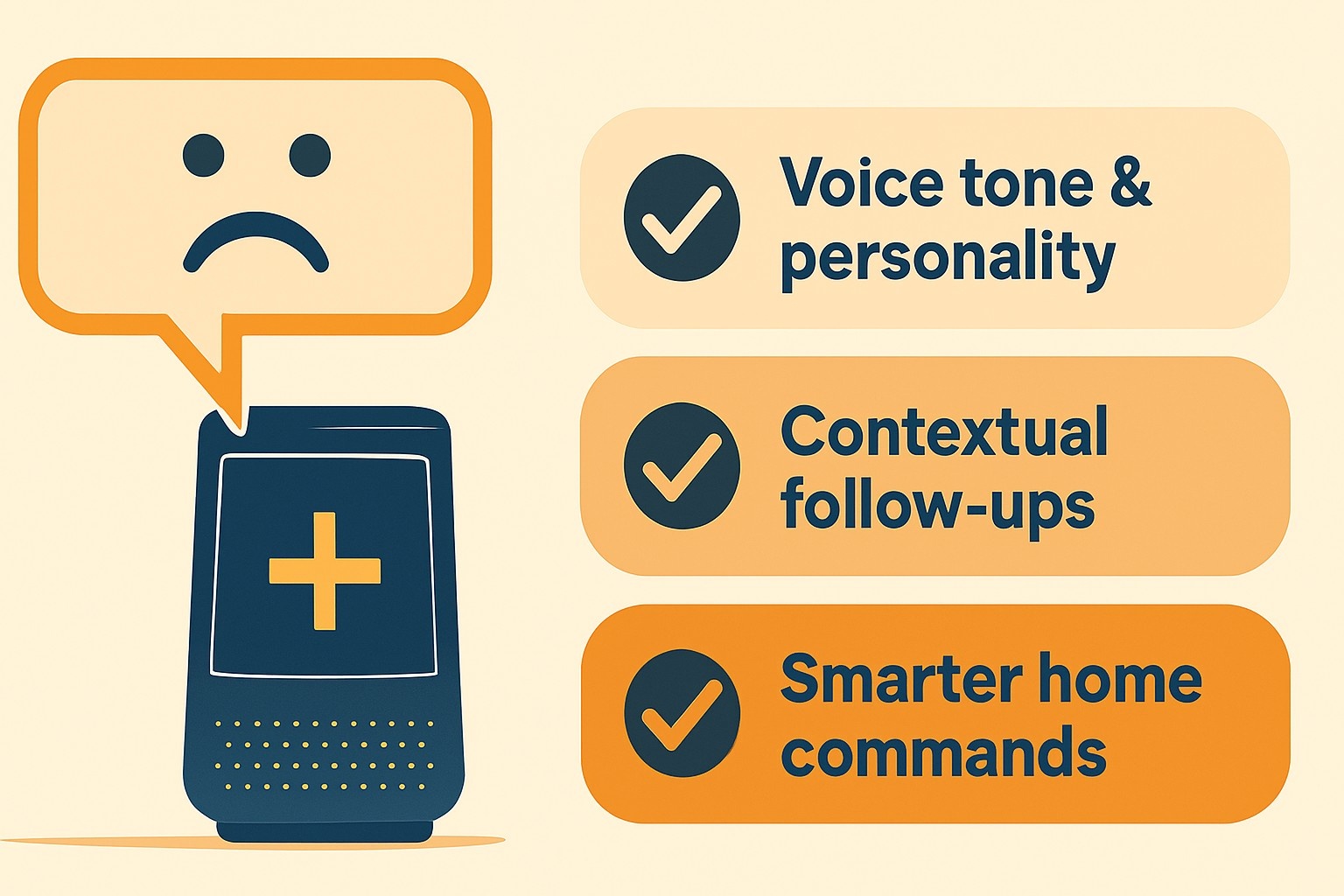Introduction: Amazon Scores a Big Win in the Skies
The race to dominate in-flight satellite internet just took an unexpected turn. JetBlue Airways has announced it will become the first airline to partner with Amazon’s Project Kuiper, choosing the yet-to-be-fully-deployed network over SpaceX’s already operational Starlink service.
Starting in 2027, JetBlue’s aircraft will be equipped with Kuiper terminals, offering passengers a new generation of Wi-Fi powered by low Earth orbit (LEO) satellites. While several airlines—including Delta, Hawaiian, and United—have already signed with Starlink, JetBlue’s decision marks a milestone for Amazon as it pushes Kuiper into the highly competitive skies.
The Deal: JetBlue and Kuiper
- Launch Year: 2027, with phased rollouts across JetBlue’s fleet.
- Service Type: Free in-flight Wi-Fi, consistent with JetBlue’s long-standing “Fly-Fi” promise.
- Technology: Amazon’s LEO satellite constellation offering low latency and higher throughput.
- Current Progress: Kuiper has launched just over 100 satellites of its planned 3,200+ network.
This is a strategic endorsement for Amazon, which until now had not signed any airlines. For JetBlue, the move is about future-proofing connectivity for passengers who increasingly expect fast, seamless internet in the air.
Why JetBlue Picked Amazon Over Starlink
1. A Chance to Differentiate: Starlink already dominates airline partnerships, but JetBlue wanted to avoid being just another name on SpaceX’s customer list. By aligning with Kuiper, JetBlue positions itself as Amazon’s first showcase partner in aviation.
2. Free Wi-Fi as a Brand Promise: JetBlue has long marketed itself as the airline that gives free Wi-Fi to every passenger. Kuiper’s deal strengthens that promise, potentially offering faster and lower-latency service compared to legacy GEO satellite providers like Viasat.
3. Multi-Orbit Flexibility: Reports suggest JetBlue may adopt a hybrid model—blending Kuiper’s LEO satellites with existing Viasat GEO coverage. This ensures reliability even on long flights over oceans where satellite coverage can be patchy.
4. Amazon’s Ecosystem Advantage: Amazon doesn’t just bring satellites. It brings cloud computing (AWS), consumer services, and e-commerce power. Long-term, Kuiper integration could open doors for personalized passenger experiences.
What Is Project Kuiper?
Amazon’s Project Kuiper is a $10 billion initiative to build a constellation of 3,236 satellites in low Earth orbit. The goal: deliver affordable, fast broadband globally, especially in areas underserved by terrestrial internet.
- Status: Over 100 satellites launched as of mid-2025.
- Timeline: Beta service expected by late 2025/early 2026; full deployment by 2029.
- Performance: Aviation-grade terminals designed to deliver speeds up to 1 Gbps with ultra-low latency.
While still in early stages, Kuiper is backed by Amazon’s scale and infrastructure—making it a serious challenger to SpaceX’s Starlink.
Why This Matters to Passengers
For the average flyer, this announcement could change the in-flight experience dramatically:
- Faster Wi-Fi: No more laggy emails—expect smooth video streaming and reliable video conferencing at 35,000 feet.
- Free Connectivity: JetBlue remains one of the few airlines offering Wi-Fi at no cost, and Kuiper could make it better.
- Consistency: Multi-orbit connectivity (LEO + GEO) could ensure fewer dead zones, even on transatlantic flights.
Challenges Ahead for Kuiper
With only ~100 satellites in orbit, Kuiper must ramp up launches quickly to provide full coverage. Starlink already works. Kuiper has to prove it can deliver equal or better performance. Installing Kuiper terminals on fleets will also take time and coordination, meaning benefits won’t be seen until 2027 and beyond.
Summary Table
| Category | Project Kuiper (Amazon) | Starlink (SpaceX) |
|---|---|---|
| Airline Partner | JetBlue (first, from 2027) | Delta, Hawaiian, United, others |
| Satellites in Orbit | ~100 of 3,236 planned | ~6,000+ active |
| Rollout Timeline | Beta by 2026, JetBlue rollout 2027 | Already operational |
| Key Advantage | Amazon ecosystem + hybrid strategy | Early mover, global coverage |
| Wi-Fi Promise | Free for JetBlue passengers | Paid/free models vary by airline |
Conclusion: A Bold Bet for the Future
JetBlue’s decision to partner with Amazon’s Project Kuiper is more than a Wi-Fi upgrade. It’s a strategic statement: airlines are no longer bound to a single dominant satellite provider.
For Amazon, this is the first major airline win and a validation of years of investment in Kuiper. For JetBlue, it’s a way to stand out in a crowded market and continue its tradition of giving passengers something extra—free, fast, and future-ready internet in the sky.
The question now: will other airlines follow JetBlue’s lead, or will Starlink’s head start keep it ahead? Either way, the skies above are becoming the newest battleground for the world’s satellite giants.
